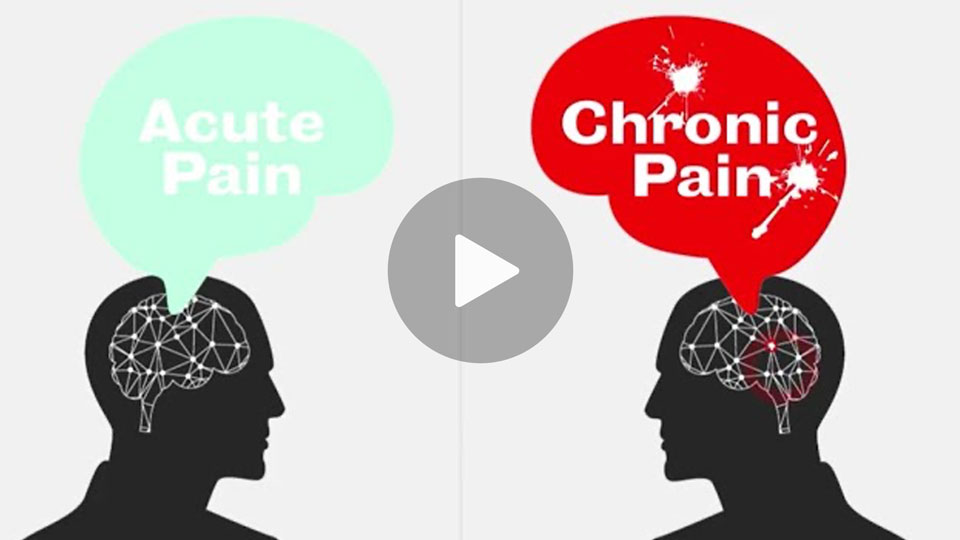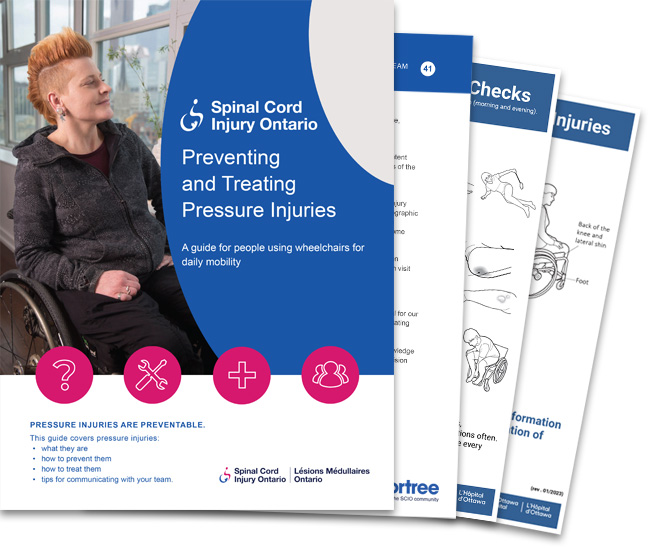This is an introduction to guided imagery meditation for pain, and meditation for spinal cord injury pain relief. Guided imagery is a cognitive technique using guided mental imagery to alter perceptions and modify behavior. The goal of guided imagery is to target the unconscious mind and get you to think about processes your body usually does not control. Studies have shown that guided imagery can be used to help reduce the experience of pain, improve sleep, and lower blood pressure and heart rate. The guided imagery session begins with suggested imagery that is general, so you can use your imagination to create your own scene, story and details. Typically, the guide will ask you to do more than visualize or imagine a scene. They may also ask you to imagine the smell of an object in a scene or how it feels to the touch.
As you do this, you engage all your senses, allowing your body to respond as if the imagery is real. As you are Imagining the scene, you’re also asked to breathe and begin to relax your muscles. If your mind wanders, you’re asked to simply acknowledge the distraction and bring focus back to the imagery. Similar to mindfulness, a guided visualization session can last anywhere from 5 to 45 minutes.
If you’ve found this video, you’re probably looking for more info on:
- guided imagery meditation for pain
- meditation for spinal cord injury pain relief
- examples of guided imagery for pain
- guided imagery for spinal cord injury pain
- guided imagery meditation for relaxation and healing
- guided visualization for pain relief
- how does guided imagery reduce pain?
- meditation for chronic pain, and meditation for sci pain
- pain management meditation, and pain relief meditation
So, how does visualization affect pain? Pain is perceived by the brain through multiple signaling systems. Traditionally, we think of pain resulting from an injury signaled by the sensory systems of the body. However, you can experience pain even when there is no tissue damage. Scientists discovered this phenomenon in studies with people who had lost limbs. They were trying to understand how it was that people still felt pain in a body part that was no longer there. What they discovered is the brain creates a dynamic internal image of the body called the body self neuromatrix. This receives inputs from not just the sensory system, but also cognitive and emotional areas of the body. Inputs such as bad memories, anxiety or stress can heighten the experience of pain.
For some people, even the mention of the word pain can sometimes increase its experience. The amazing thing is, it’s possible to change the brain’s picture of the body through guided imagery. With guided imagery, we can try to balance and reduce those inputs that are causing stress and move the brain off high alert back to a neutral state. Like guided meditation, guided imagery helps the practitioner train their mind to redirect its focus away from the pain, so no the pain isn’t gone, but the mind is less immersed and affected by it. To achieve this level of cognitive discipline takes time and practice, but the reason and benefit for investing that time and focus is taking control to help manage your pain.
If you enjoyed this video about guided imagery meditation for pain, and meditation for spinal cord injury pain relief, please remember to like, share, subscribe, and leave a comment if you have any questions or suggestions. We hope to see you here again soon!





